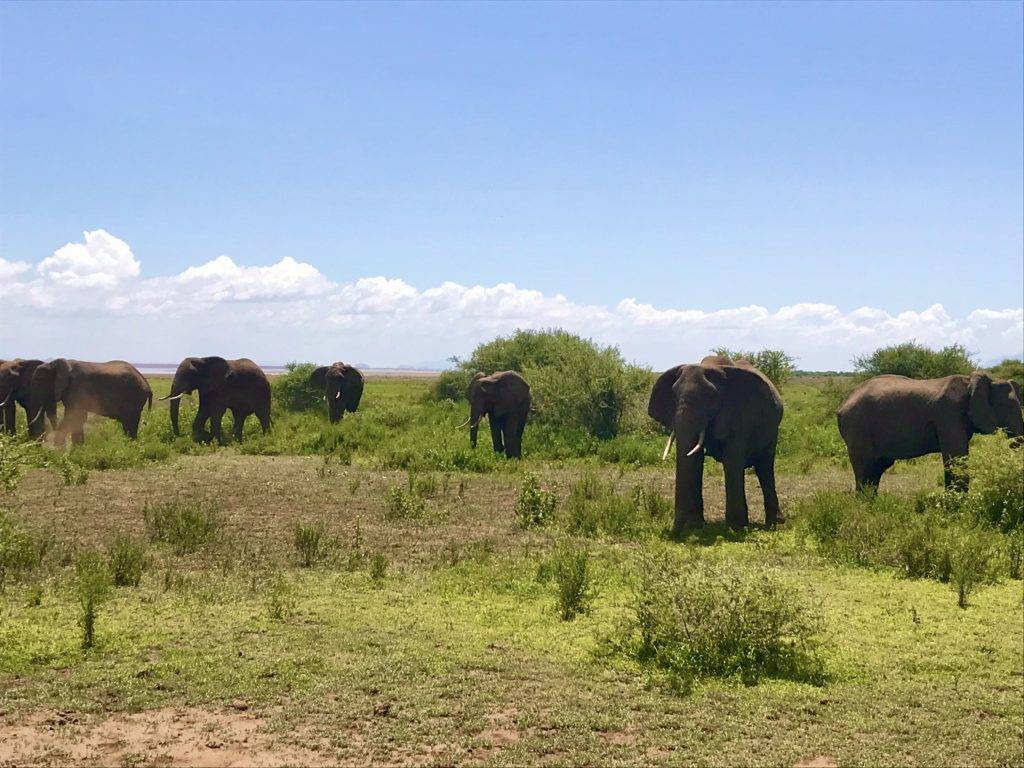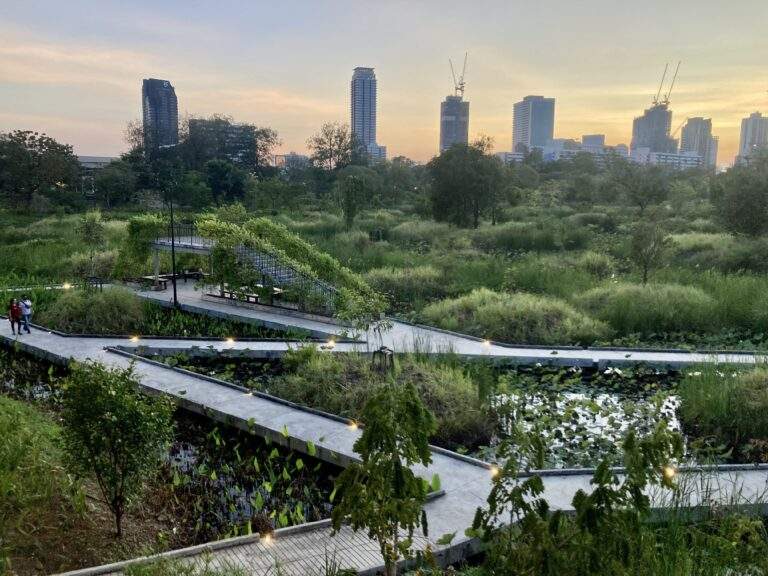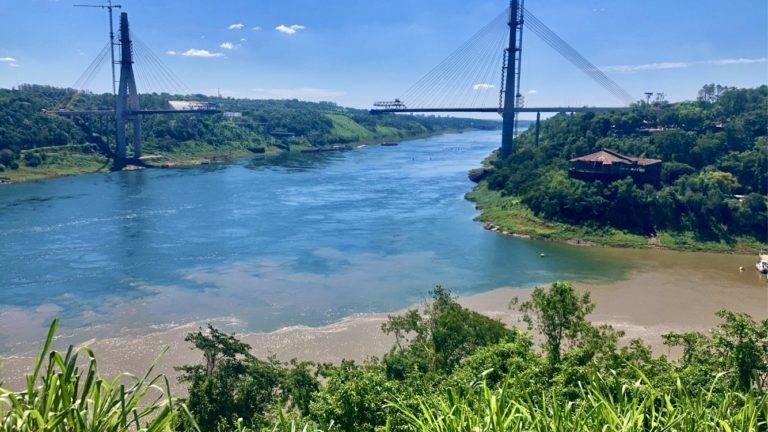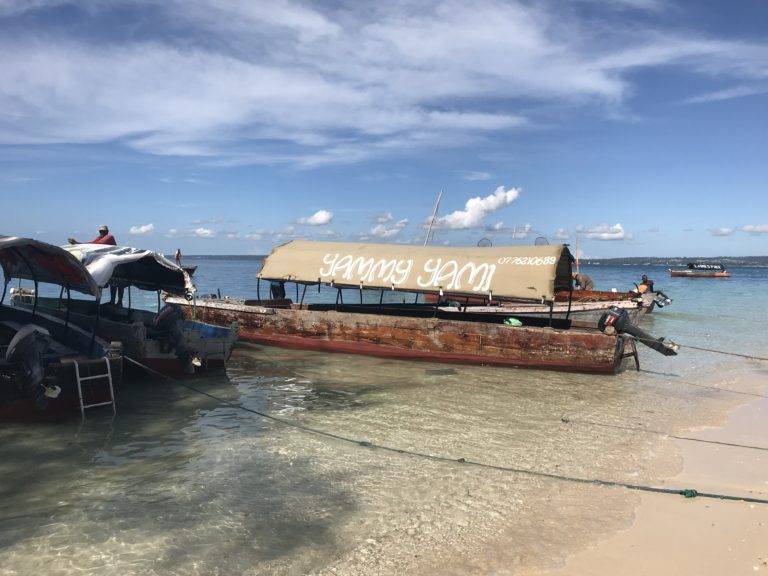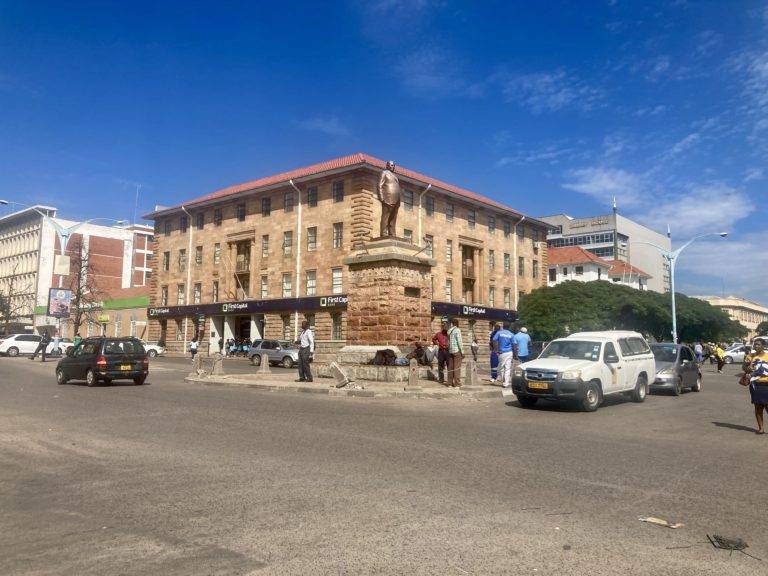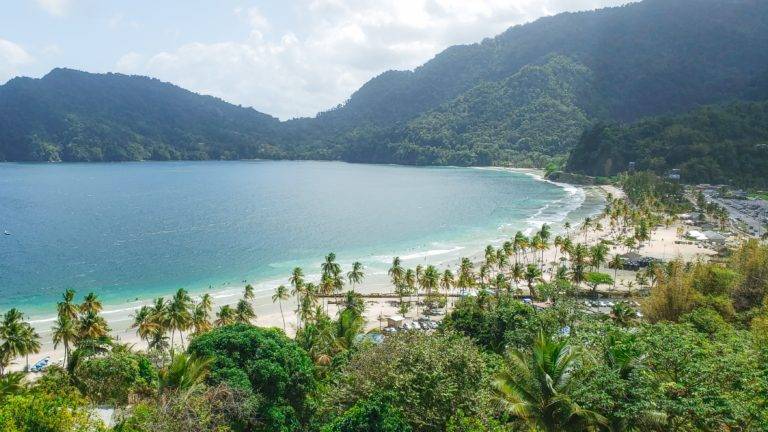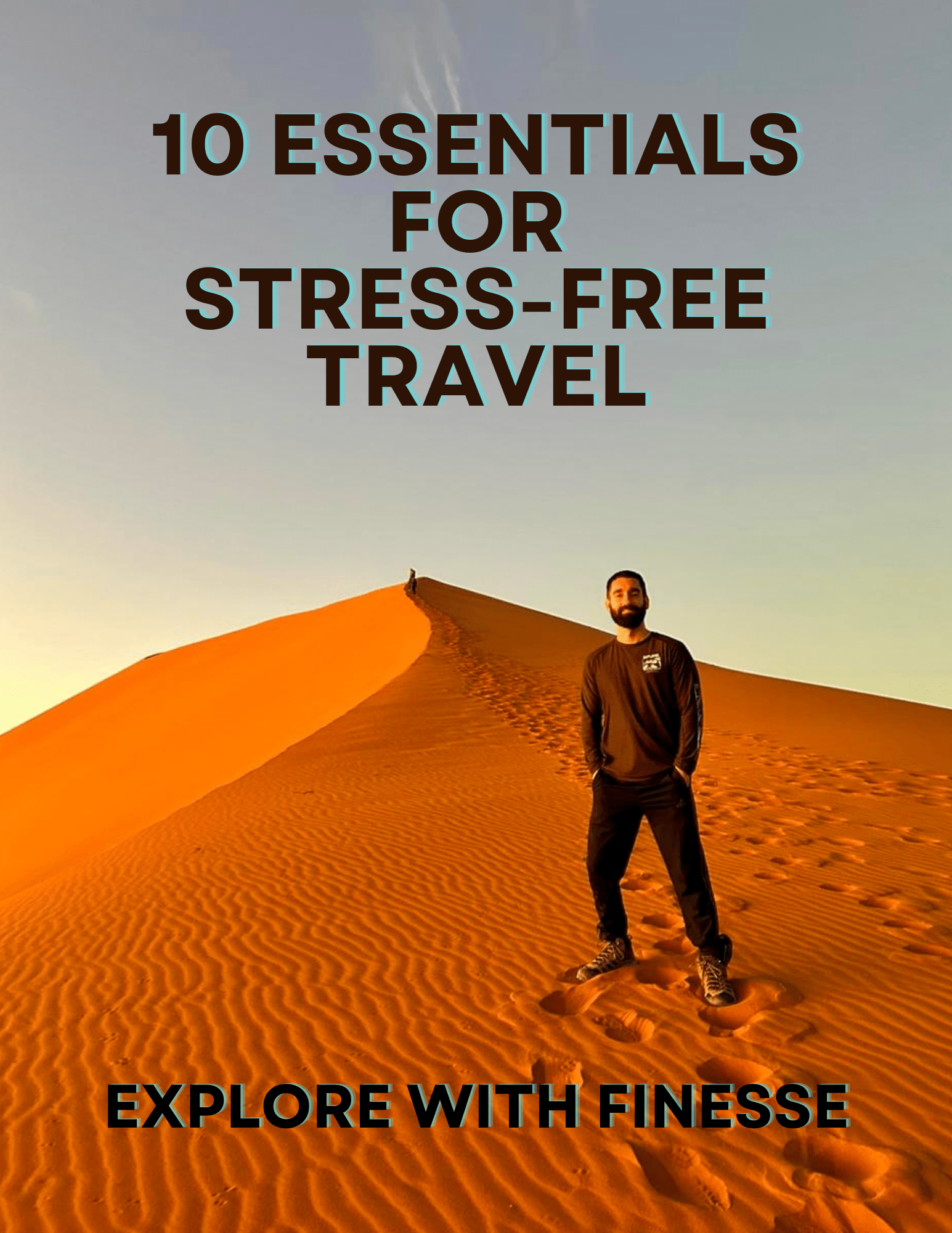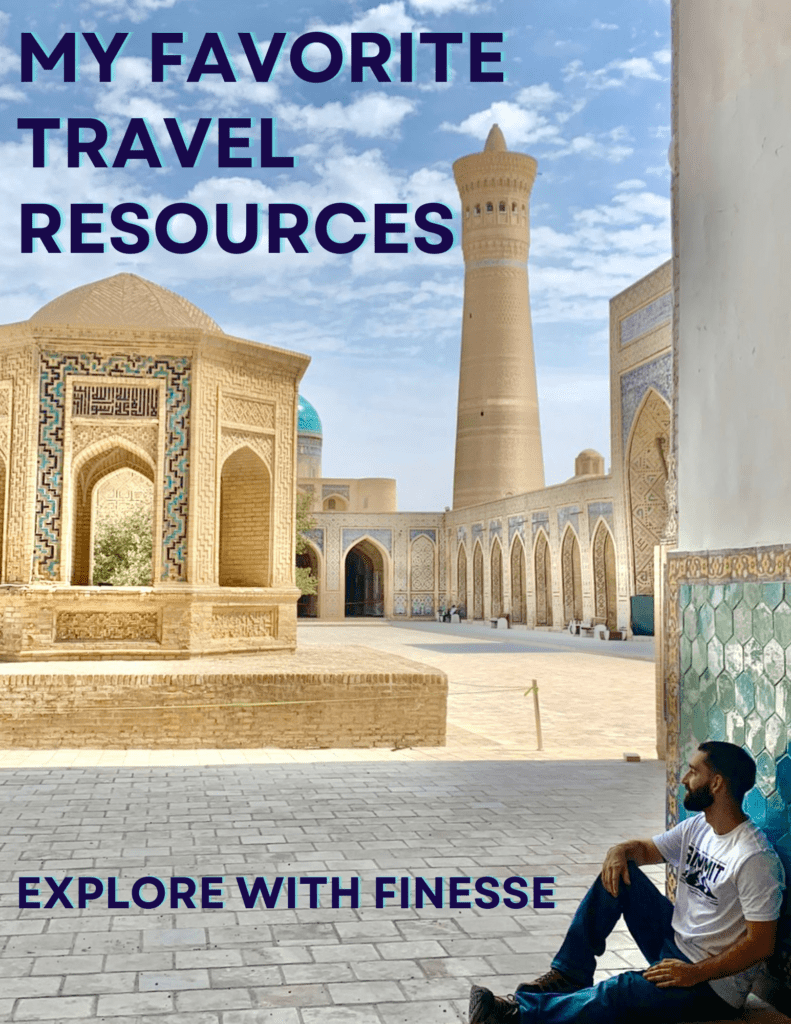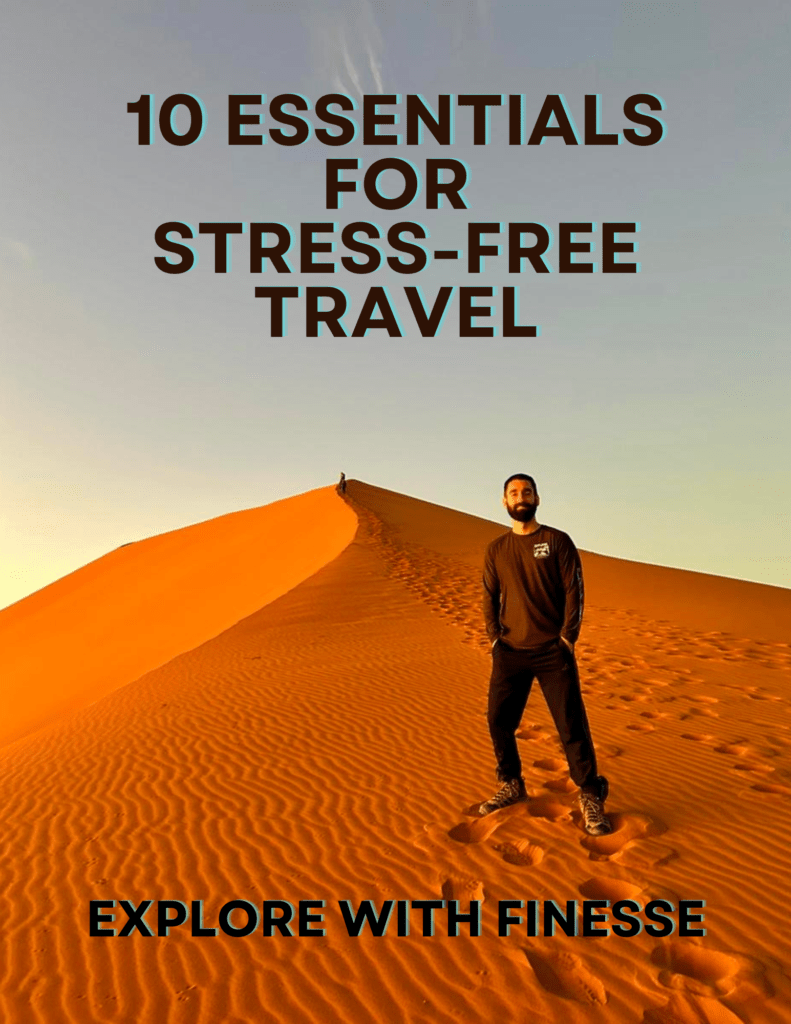Elephants were the most common of the “Big 5” that I saw in Ngorongoro Crater.
Going on a safari is a once-in-a-lifetime opportunity that many people will never get to experience. If you have the chance to go on one, you want to make sure you plan it out perfectly. This post will discuss why you should include the Ngorongoro Crater in Tanzania on your safari. Whether you are stopping by on the way to the Serengeti or thinking about just staying in Ngorongoro, this post will help you plan a successful trip.

Ngorongoro Crater
Millions of years ago, this park was once covered by a volcano the size of Mt Kilimanjaro! Once the volcano exploded, it collapsed on itself, creating the unique crater shape that is present today. Ngorongoro Crater was recently voted as one of the Seven Natural Wonders of Africa.
Today, Ngorongoro Crater is known for its breathtaking landscapes and high concentration of large and endangered animals. This park is part of the Serengeti ecosystem in northwestern Tanzania, and many travelers stop by the Ngorongoro Crater on their way to the larger Serengeti National Park. Ngorongoro Crater has a variety of habitats, such as swamps, forests, and grasslands, which attracts thousands of different species.
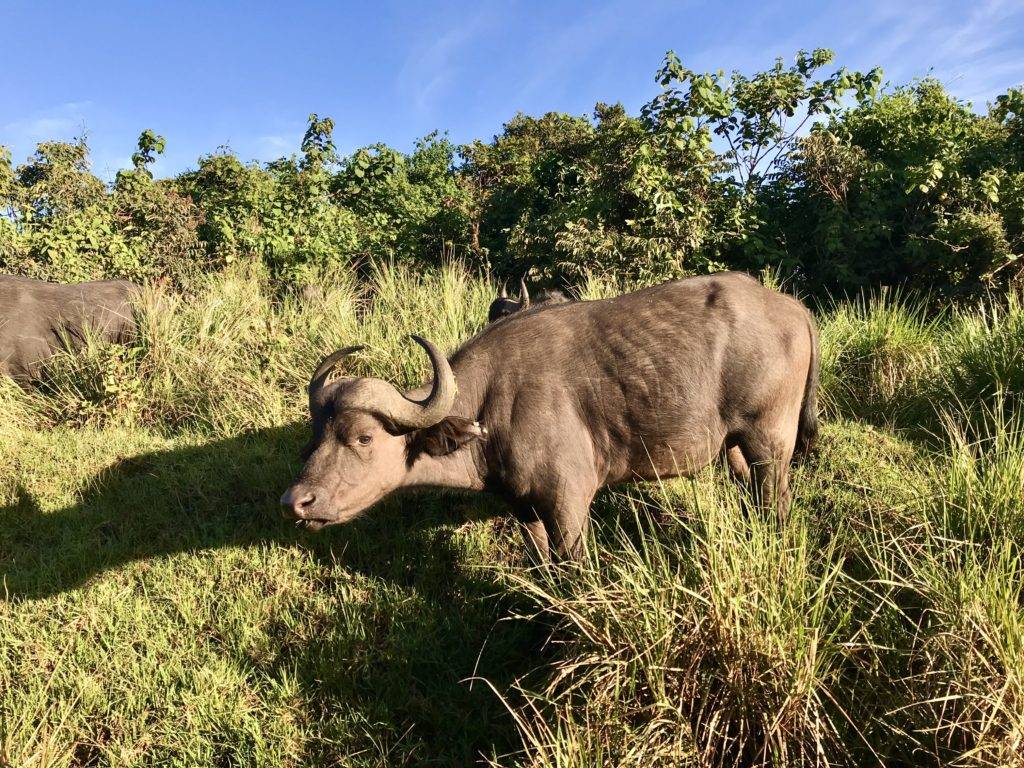
Animals
Based on different estimates, there are about 25,000 large animals in Ngorongoro Crater. This includes about 30 black rhinos, 4,000 zebras, 4,000 buffalos, 3,000 eland, and over 7,000 wildebeest. These numbers can vary dramatically depending on the time of year due to the wildebeest migration. All of the “Big 5” animals (elephant, rhino, lion, cape buffalo, leopard) can be found here.
I kept track of the animals that I saw in Ngorongoro Crater. I counted 3 black rhinos, 17 lions, and 22 hippopotamuses. I also saw plenty of giraffes, elephants, cape buffalos, zebras, hyenas, warthogs, baboons, antelope, jackals, wildebeest, African wild dogs, eland, gazelles, blue monkeys, and vervet monkeys.
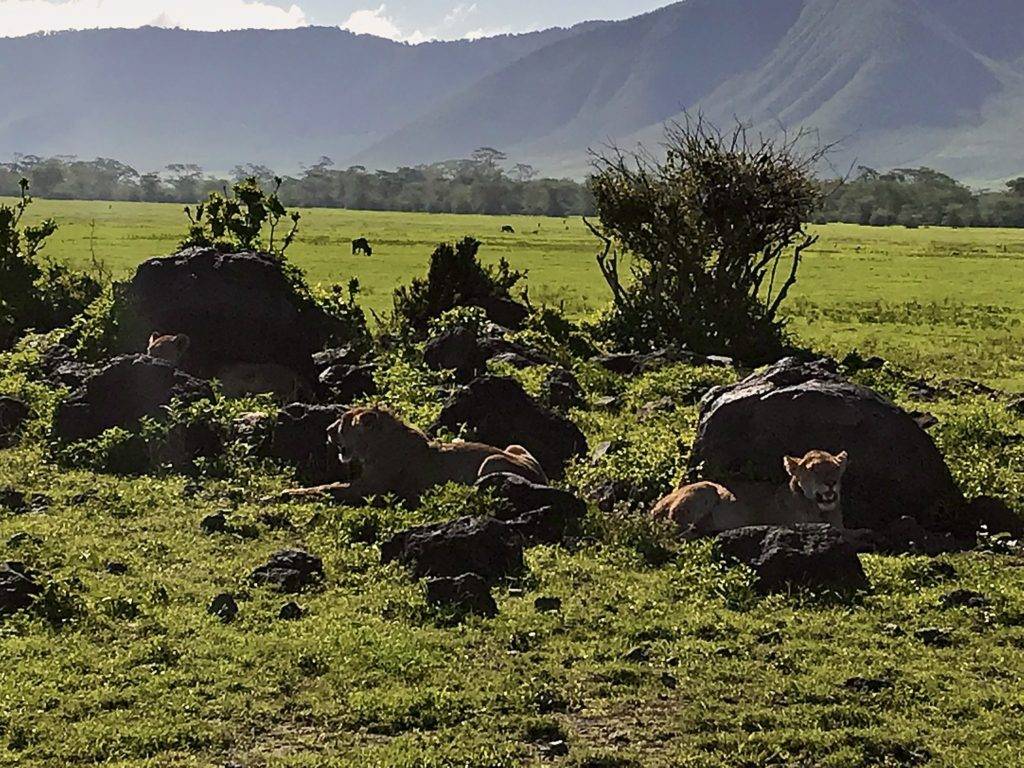
One of the highlights of the safari was seeing dozens of hyenas and African wild dogs patiently waiting for a male lion to finish eating from a freshly-killed wildebeest. Once the lion had his fill and turned to walk away, the hyenas and dogs all ran to get some meat for themselves. They quickly devoured the wildebeest. I even watched an African wild dog trotting off with one of the wildebeest’s legs in his mouth, as happy as a dog running off with a stick.
Ngorongoro Crater also has hundreds of different types of birds. Some of the bird species that I saw included ostriches, vultures, cranes, weaver birds, black kites, blacksmith lapwings, white egrets, and African fish eagles. My favorite bird that I saw was the bateleur. I watched this endangered eagle sits with its wings outstretched on the top of a tree. My guide didn’t know what this species was, so it must be a rare sight in the park!

When to go
The best months to come to Ngorongoro Crater are during the “dry season” from December to February and June to September. The dry season is when animals around the park come out into the open to drink from the lake. This huge amount of animals attracts predators, which make the dry season the perfect time to see as many different species as possible. However, safaris can cost up to 60% more during this time! Make sure to keep this in mind when planning your trip.
I visited in late December, and was able to see four out of the Big 5 species. Unfortunately, I did not see a leopard, but was lucky enough to see a black rhino with her calf. About 20 minutes later, I saw a solitary male black rhino. My guide told me that it has become increasingly rare to see rhinos in the park. I was very grateful for the opportunity to see three of them.
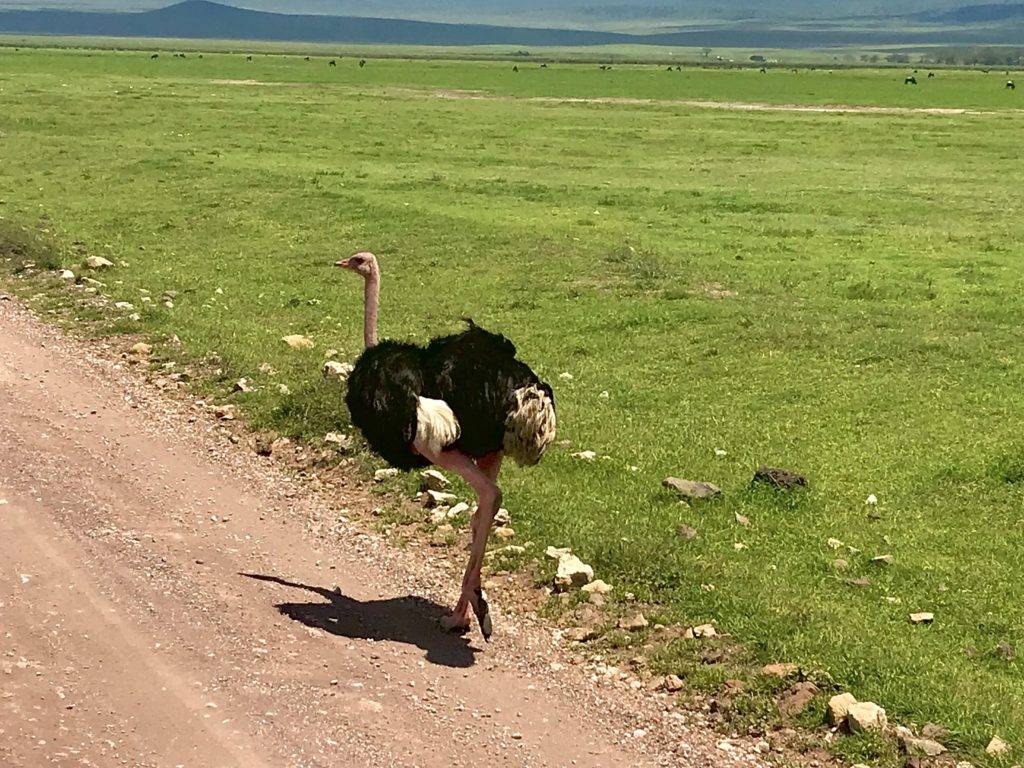
How to get there
The most convenient way to get to Ngorongoro Crater is to fly into Arusha, about 100 miles east of the park. Arusha has the closest airport to the park. Once you arrive into Arusha, it is about a 3-hour drive to get to Ngorongoro Crater. The park opens at 6 AM and closes at 6 PM. I recommend getting to the park right when it opens to stay ahead of the crowds. You can choose to stay in a hotel near the rim of the Crater for more convenience, or you can stay in Arusha if you only plan on doing a day trip.
Depending on where you are coming from, the cheapest option may be to fly into Nairobi, Kenya and take a bus across the Tanzanian border to Arusha. Arusha is less than a 2-hour drive from the Kenyan border, and is about a 7-hour bus ride from Nairobi. I decided to fly from the United States to Qatar, then Kenya, and then take a bus to Arusha. The money I saved by doing this was more than enough to pay for the safari. For more information on how to take a bus from Nairobi to Arusha, click here.
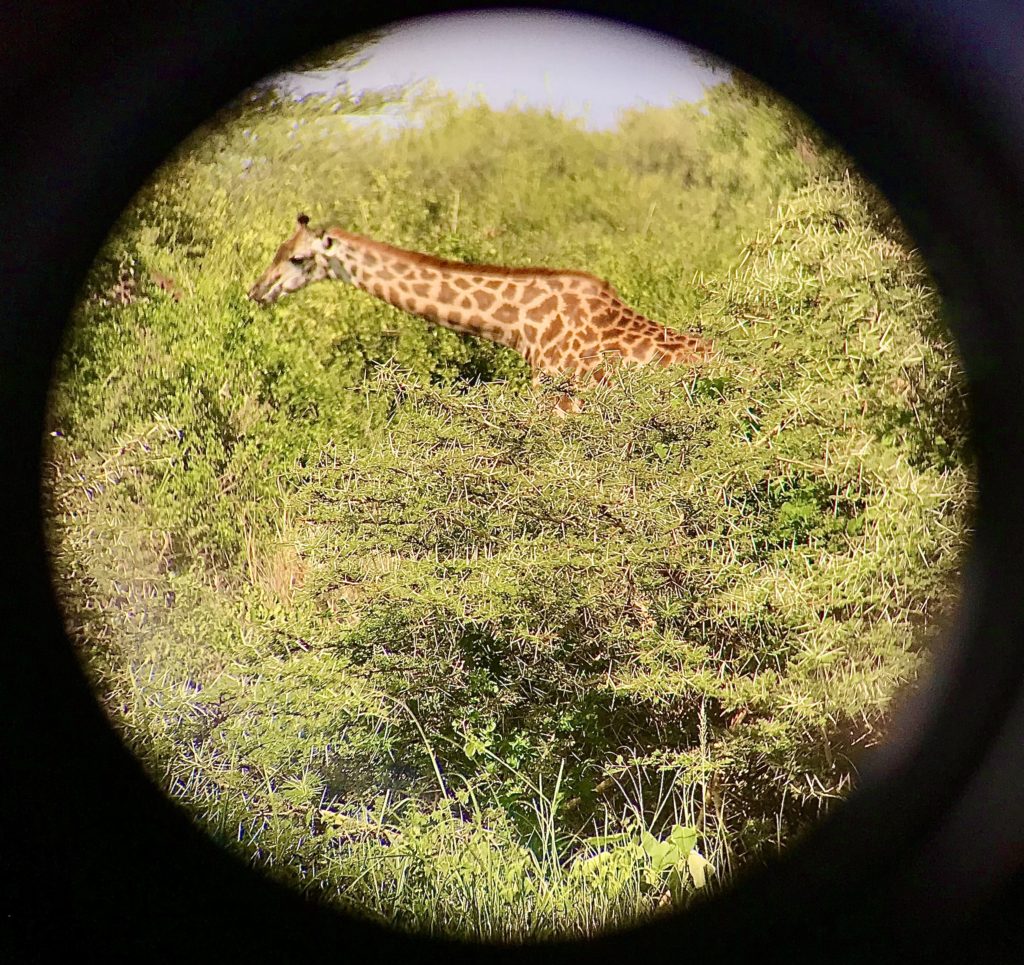
Cost
When it comes to the cost of a safari in Tanzania, there are a lot of factors that come into play. How many days do you want to spend? Do you want to camp or stay in a hotel? How many people are coming along?
There are one-day tours available starting at $300 per adult where the guide will pick you up from your hotel. There are also tours that combine Ngorongoro Crater with Serengeti National Park, such as this 3-day tour starting at $800. If you want something truly unique, you can book a hot air balloon tour of Ngorongoro Crater.
Where you choose to sleep will impact the cost of your safari as well. If you want convenience, or you plan on spending multiple days at Ngorongoro Crater, a hotel there will cost more than if you find lodging in Arusha. In Arusha, you can find hotels for as cheap as a few dollars a night. Personally, I stayed in Arusha to try to save some money. I also only spent one day in Ngorongoro Crater and felt like that was enough for me. Your preferences will dictate how much you will need to budget for lodging.
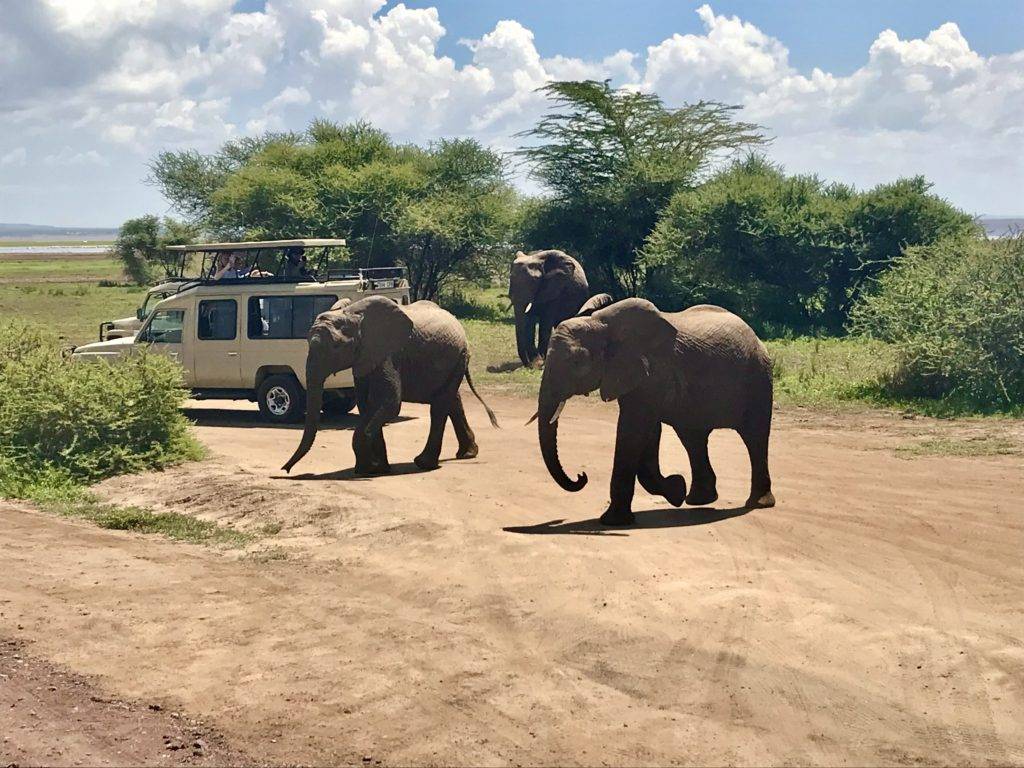
Visiting Ngorongoro Crater was an amazing experience. I know you will enjoy it as much as I did.

